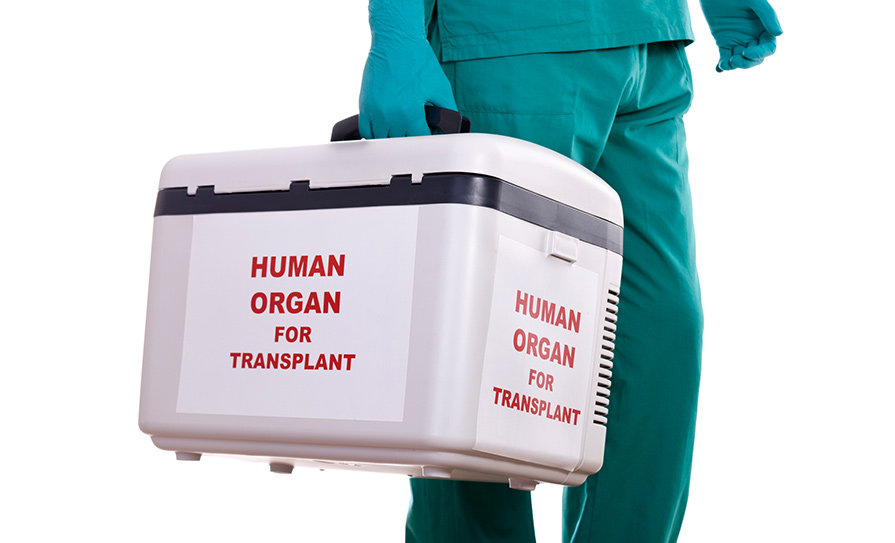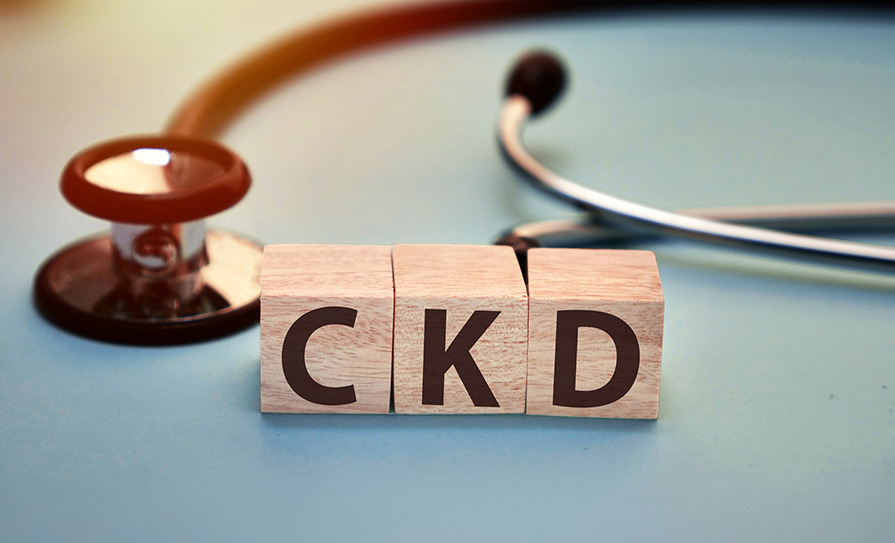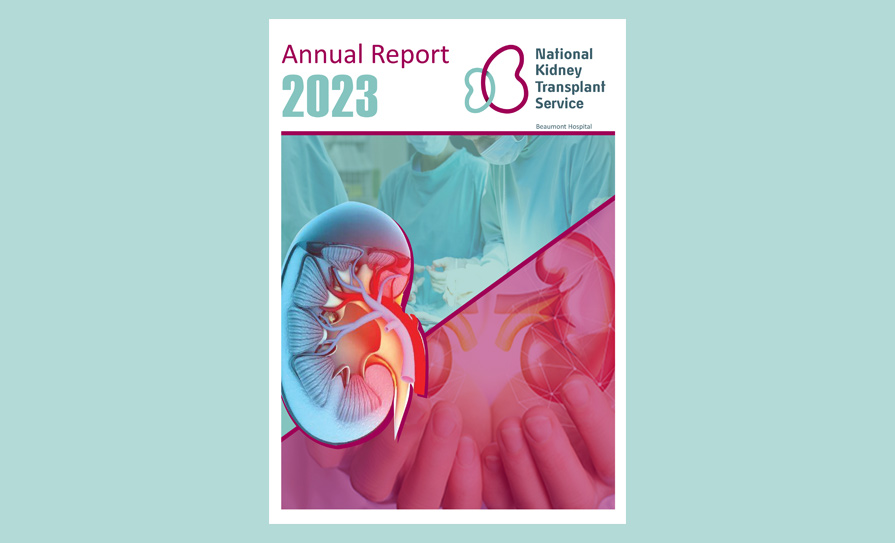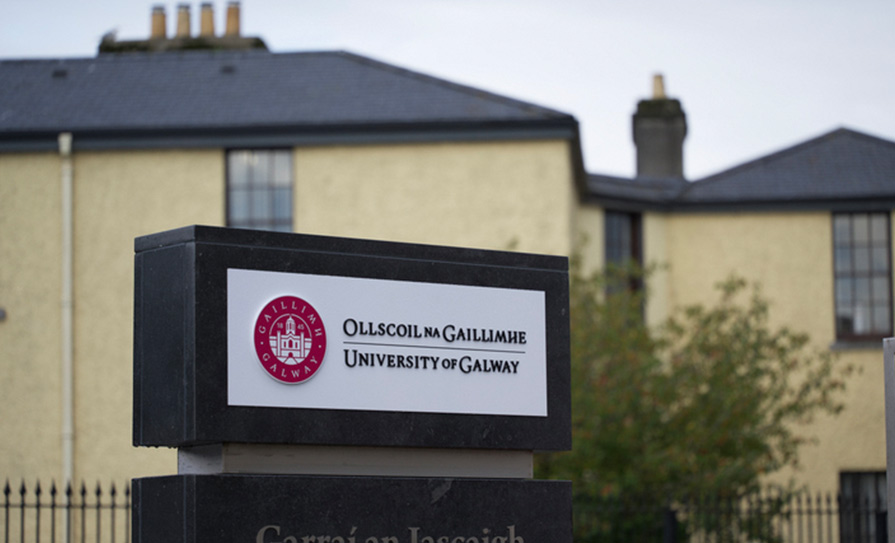<p class=”p1″><span class=”s1″>The recently-finalised document published </span>by the Health Protection Surveillance Centre <span class=”s1″>(HPSC) has noted that, in some cases, there are “major building projects occurring on existing hospital campuses where the population of immunocompromised patients is sig</span>nificant”. The guidelines are an updated document that was first issued in 2002.
<p class=”p1″><span class=”s1″>Prof Tom Rogers, Chair of the Aspergillosis Subcommittee, stated in his forward that there have been important changes in practice in re</span>lation to isolation facilities, antifungal therapies <span class=”s1″>and fungal diagnostics, as well as the emergence </span>of <em>A.fumigatus </em>strains with triazole resistance.
<p class=”p1″><span class=”s1″>The guidelines underline that hospital management must give sufficient notice to all interested parties including the infection prevention and control team of any planned activities before they start so that a risk assessment and preventive measures can be put in place to protect vulnerable patients. Moreover, contractors must agree to and sign a construction permit and be compliant with the </span>local infection prevention and control policy. <span class=”s1″>High-efficiency particulate air (HEPA)- filtered positive pressure facilities are pre- ferred for the protection of high- and very high-risk patients during major internal and non-containable external activities, accord</span>ing to the document. <span class=”s1″>In consultation with the clinical teams in</span>volved, consideration should also be given to <span class=”s1″>prescribing antifungal drug prophylaxis in </span>selected patients based on a risk assessment.
<p class=”p1″><span class=”s1″>Nosocomial outbreaks of aspergillosis </span>have become a well-recognised complication <span class=”s1″>of construction, demolition or renovation work in or near hospital wards in which im</span>munosuppressed patients are cared for.
<p class=”p1″><span class=”s1″>Haematopoietic stem cell transplant (HSCT) recipients are the population at highest risk of invasive aspergillosis (IA). Other immunosuppressive conditions have frequently been reported as risk factors for construction-related nosocomial fungal infections: graft–versus-host disease requiring treatment, prolonged neutropaenia following cytotoxic chemotherapy, prolonged use of antibiotics, steroid ther</span>apy, and tumour necrosis factor α antagonists.
<p class=”p1″><span class=”s1″>“As the complexity of therapeutics increases and the survival rates from oncologic and haematologic conditions improves, it is likely that more patients will be at risk of </span>IA,” it states.












Leave a Reply
You must be logged in to post a comment.